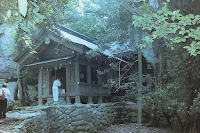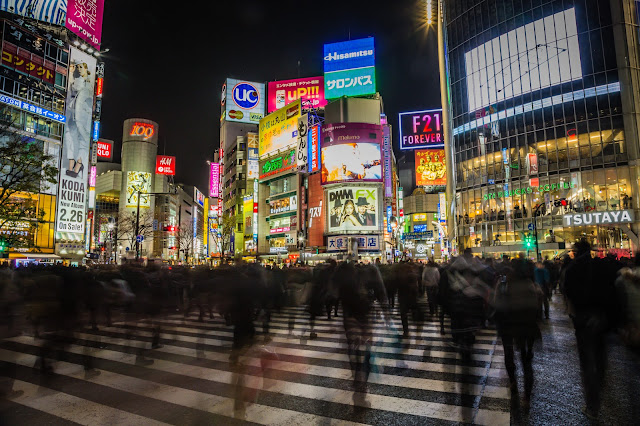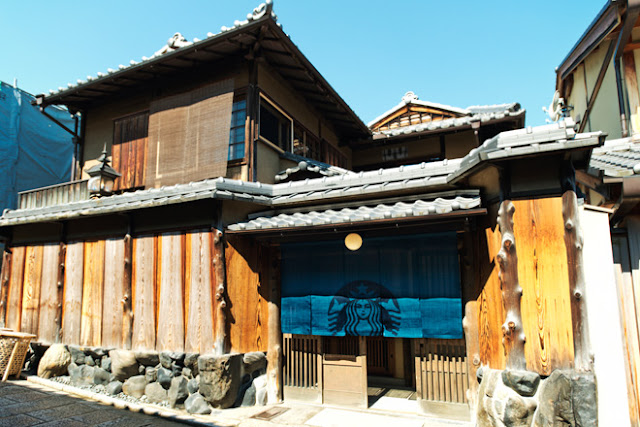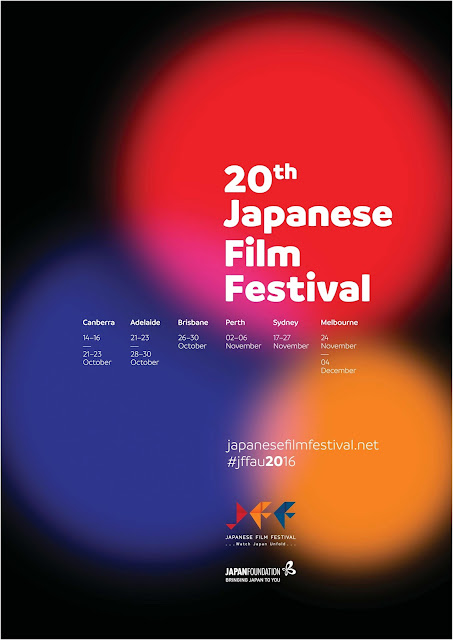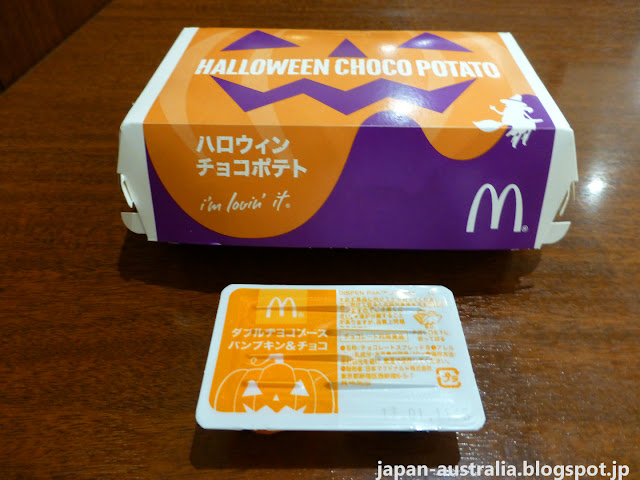The Japanese Film Festival (JFF) in Australia 2016 celebrates its 20th anniversary with a huge national tour of Canberra, Adelaide, Brisbane, Perth, Sydney and Melbourne, shining a spotlight on the best of Japanese culture from October 14th to December 4th.
With each city’s program carefully curated by The Japan Foundation, Sydney, the 2016 Festival will present exciting new films direct from Japan, including comedy, samurai and yakuza action, manga adaptations, high school romance and much more.
Highlights of the 2016 Festival include
CREEPY, the latest film from Japan’s leading horror director Kiyoshi Kurosawa (Cure) about a former detective who investigates the case of a missing family all the while obvious of the dangers close to home,
CHIHAYAFURU PART I and II based on the popular manga series of the same name, and a fascinating documentary which captures the unique culture of the world’s largest seafood market,
TSUKIJI WONDERLAND.
The popular JFF Classics program will also return to Sydney this year, featuring social films from post-war independent directors Tadashi Imai and Kaneto Shindo. The free program will include Imai’s
BLUE MOUNTAINS, a two-part film where school teacher Yukiko, played by Setsuko Hara, attempts to introduce democracy into her classroom at a time when feudal ideologies still ran strong, and Shindo’s 1952 docudrama
CHILDREN OF HIROSHIMA, a heartfelt film telling the stories of children affected by the bombing incident in World War II.
JFF Program Coordinator, Margarett Cortez, said “We’ve scoured Japan for the best of both classic and modern Japanese cinema and we're thrilled to celebrate our 20th anniversary with such a diverse program. From special events and classic films from the fifties on, to works by female directors and rising indie filmmakers, there really is something for everyone in this program”.
The Festival will also host a number of special event screenings, including pop culture days in Brisbane, Sydney and Melbourne, foodie film screenings and special guest screenings.
The program is available via
www.japanesefilmfestival.net
• CANBERRA - 14 to 23 October 2016 at Capital Cinemas, Manuka
• ADELAIDE - 21 to 30 October 2016 at at Mercury Cinema
• BRISBANE - 26 to 30 October 2016 at Event Cinemas Brisbane City Myer Centre
• PERTH - 2 to 6 November 2016 at Hoyts Carousel, Cannington
• SYDNEY - 17 to 27 November 2016 at Event Cinemas George Street
• MELBOURNE - 24 November to 4 December 2016 at Hoyts Melbourne Central & ACMI Cinemas
• SYDNEY CLASSICS - 8 October to 6 November 2016 at Art Gallery of NSW
Free admission. Tickets are issued at the Domain Theatre one hour before.
*** Competition Time ***
Japan Australia in conjunction with the Japan Foundation Sydney is offering the chance for one lucky reader to win a
FREE double pass, which is valid for any Japan Film Festival film screening in Sydney and Melbourne. To enter the competition, please leave a comment below in the comments section on the following topic, “
What is your favourite Japanese movie of all time and why is it your favourite?”
The winner will be selected at random on
November 11th and announced on this blog.
Note: Please comment using a recognized profile such as Google or WordPress, etc, Anonymous comments will not be eligible. We need to be able to contact the winner to pass on their details in order for them to receive the prize.
Good luck and I look forward to reading your entries.




